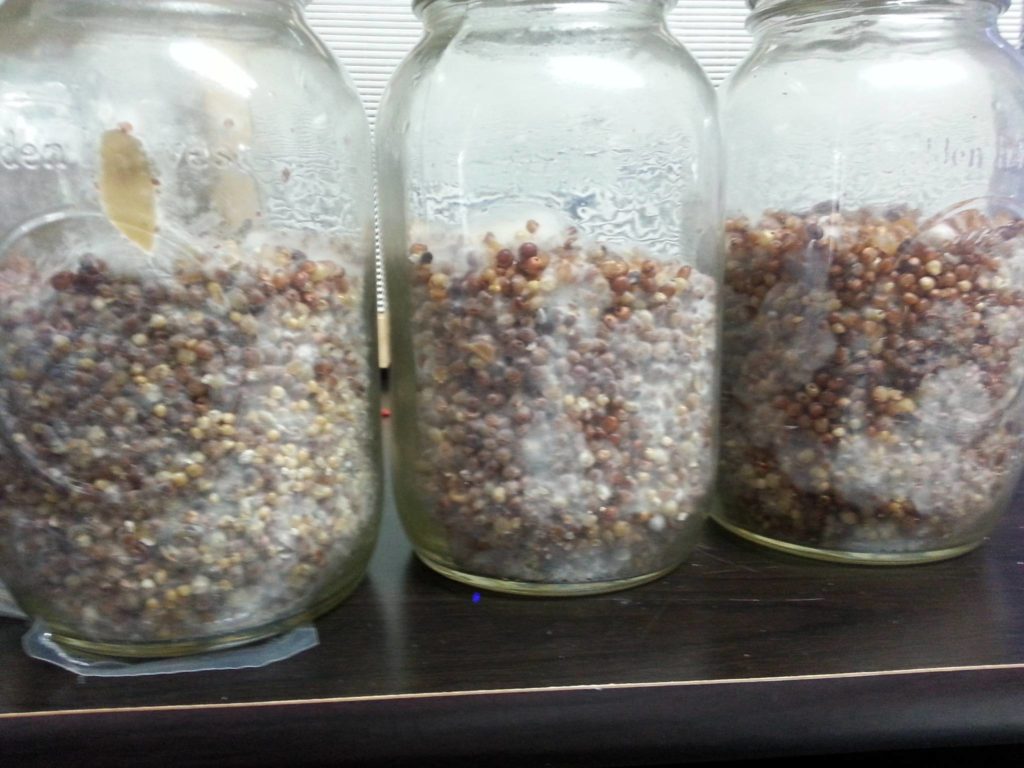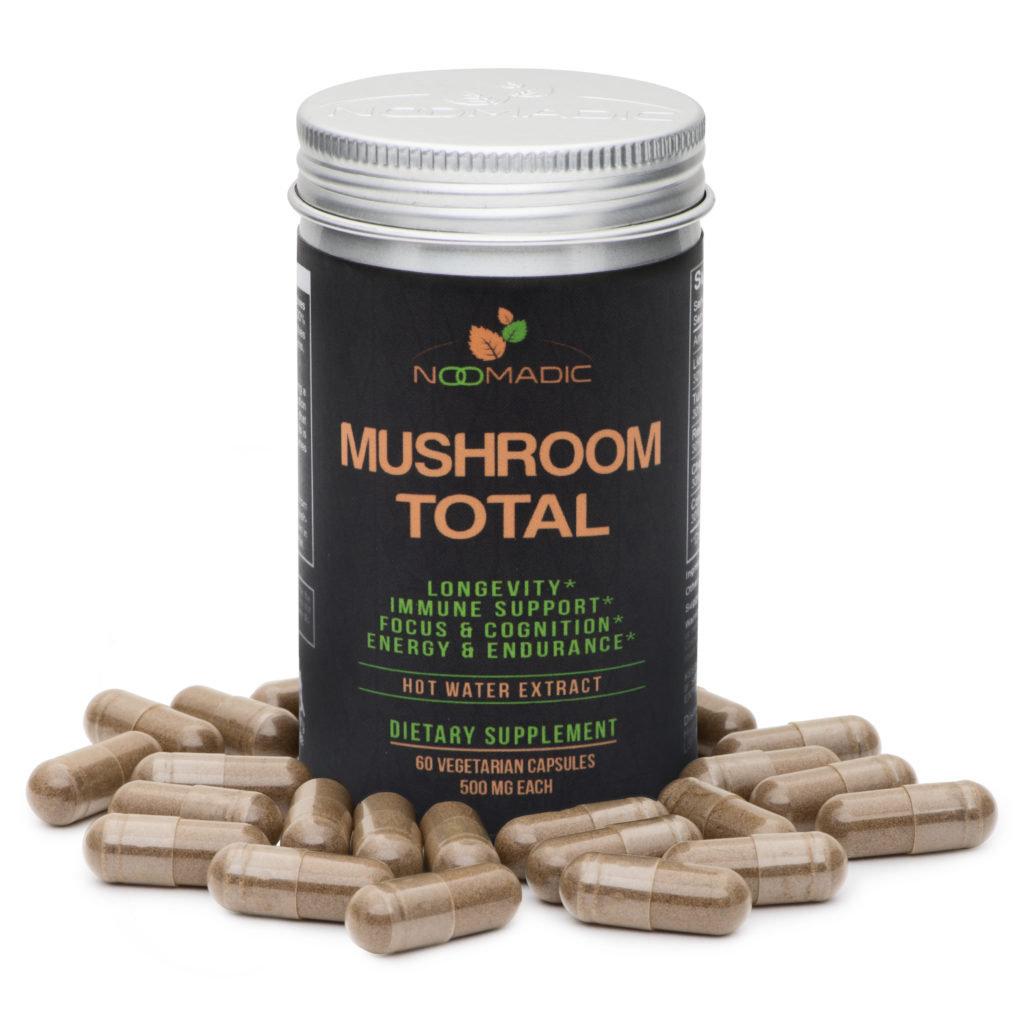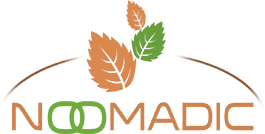Mushrooms supplements are growing increasingly popular these days. What you probably didn’t know, however, is that many of these products don’t actually contain any mushrooms. Despite what the marketing may have us believe, many products are made from what is called mycelium on grain or myceliated grain.
These types of products do not have the same level of potency or effectiveness as ones made from genuine mushrooms. As such, it’s important to understand what myceliated grain is and how to avoid it!
What is Mycelium?
Before we get into myceliated grain, we should first define the term mycelium. A typical fungus starts out underground as a group of tiny thread-like strands called hyphae, which merge together into a mycelium mass.
This mycelium can be thought of as the roots of a fungus. Once it absorbs enough nutrients, the mycelium is able to grow a mushroom (fruiting body) above the ground. Mushrooms contain far higher levels of active ingredients such as beta-glucans than the mycelium, which makes them ideal for use in dietary supplements.
What is Mycelium on Grain?
Gathering mushrooms in the wild is not an economically viable method of making mushroom supplements, and growing them in a controlled setting can be expensive. For this reason, many mushroom supplement manufacturers use grain as a food source to grow mycelium — what we call myceliated grain or grain spawn.
This process is fairly inexpensive and allows for the mass production of mycelium. In this method, a bag of sterilized grain is inoculated with mycelium and allowed to grow. The resulting mycelium mass is then used to make mushroom supplements.

The Problem with Mycelium on Grain
There are two key problems with mycelium on grain products. First, mycelium made this way cannot grow mushrooms. As we noted above, mushrooms contain the highest levels of active ingredients such as beta-glucans and terpenoids.
This means products made from them have the highest potency. As such, a product made from mycelium is virtually never going to be as effective as one made from authentic mushrooms.
The second problem is that mycelium grown this way does not completely use up the grain, and cannot be easily separated from it. Because of this, a lot of powdered grain ends up in the final product, further reducing its already low potency. [1]
The final result is a product advertised as being a beneficial mushroom supplement that doesn’t actually contain any mushrooms and isn’t all that effective.
Try Our Authentic Mushrooms

Instead of spending money on inferior products, try our real, authentic hot water mushroom extract made of fruiting bodies. Noomadic's mushrooms contain 30% Beta-D-Glucans.
How to Identify Mycelium on Grain?
Now that we know why mycelium on grain products are not that great, the next step is to figure out how to avoid them. Thankfully, there are several reliable ways to identify myceliated grain.
Where is it made?
One useful tip is where the product is made. As it turns out, myceliated grain is very popular in the U.S. This means that if your mushroom supplement is made in the States, then it’s probably mycelium on grain. The only exception to this is small-scale, specialized mushroom supplement producers who clearly highlight that their products are made with authentic mushroom extract.
What color is it?
The color of the mushroom product is another useful sign. Because grain is light in color, your product may appear much lighter than one made from real mushrooms. For example, Chaga mushroom powder has a fairly dark brown color. If you have one that is light, there is a good chance it’s made from myceliated grain.
How does it taste?
All mushrooms have a distinct taste. Chaga mushrooms, for example, taste earthy and a little bitter, while the reishi is known for its strong bitter taste. [2] By comparison, myceliated grain products taste mildly sweet and do not have a distinct mushroom flavor. This is because you’re tasting the grain and not actual mushrooms.
What does the label say?
Finally, if all else fails, the mushroom supplement label should provide some useful clues. Often times, products made from myceliated grain will be described with words like
- mycelium
- mycelial biomass
- fermented
- full spectrum
- polysaccharies
- USA grown
- Primordia
You might also see these terms in the product description and related information if you’re buying your product online.
In addition, products made from myceliated grain will typically list high polysaccharide content rather than beta-d-glucan levels as proof of their effectiveness. This is because grain contains inert polysaccharides — mainly starch — that do not possess any health benefits.
Authentic Mushroom Extracts: The Better Alternative
It’s clear that mycelium on grain products are not that effective. So, what should you look for instead? An authentic extract made from real mushrooms. These products are made from actual mushrooms that undergo extraction with water and/or alcohol to create a powder rich in beta-glucans, terpenoids, and other active ingredients.
The easiest way to identify these products is to look at their levels of beta-d-glucans. They will typically boast levels of 25% or more, which can only be achieved by using real mushrooms. They will also typically be described with the phrase mushroom extract.
By comparison, a myceliated grain product will typically have beta-glucan concentrations of only about 1-3%. It doesn’t take a rocket scientist to see that an authentic mushroom extract is several times more potent than a mycelium on grain product.
We hope this article helped explain what myceliated grain is and why you should avoid it. If you’re looking for an effective, high-quality mushroom supplement, then authentic mushroom extracts are the best choice.
Try Our Authentic Mushrooms

Instead of spending money on inferior products, try our real, authentic hot water mushroom extract made of fruiting bodies. Noomadic's mushrooms contain 30% Beta-D-Glucans.
References:
- McCleary, B. V., & Draga, A. (2016). Measurement of β-glucan in mushrooms and mycelial products. Journal of AOAC International, 99(2), 364-373.
- Batra, P., Sharma, A. K., & Khajuria, R. (2013). Probing Lingzhi or Reishi medicinal mushroom Ganoderma lucidum (higher Basidiomycetes): a bitter mushroom with amazing health benefits. International journal of medicinal mushrooms, 15(2).
